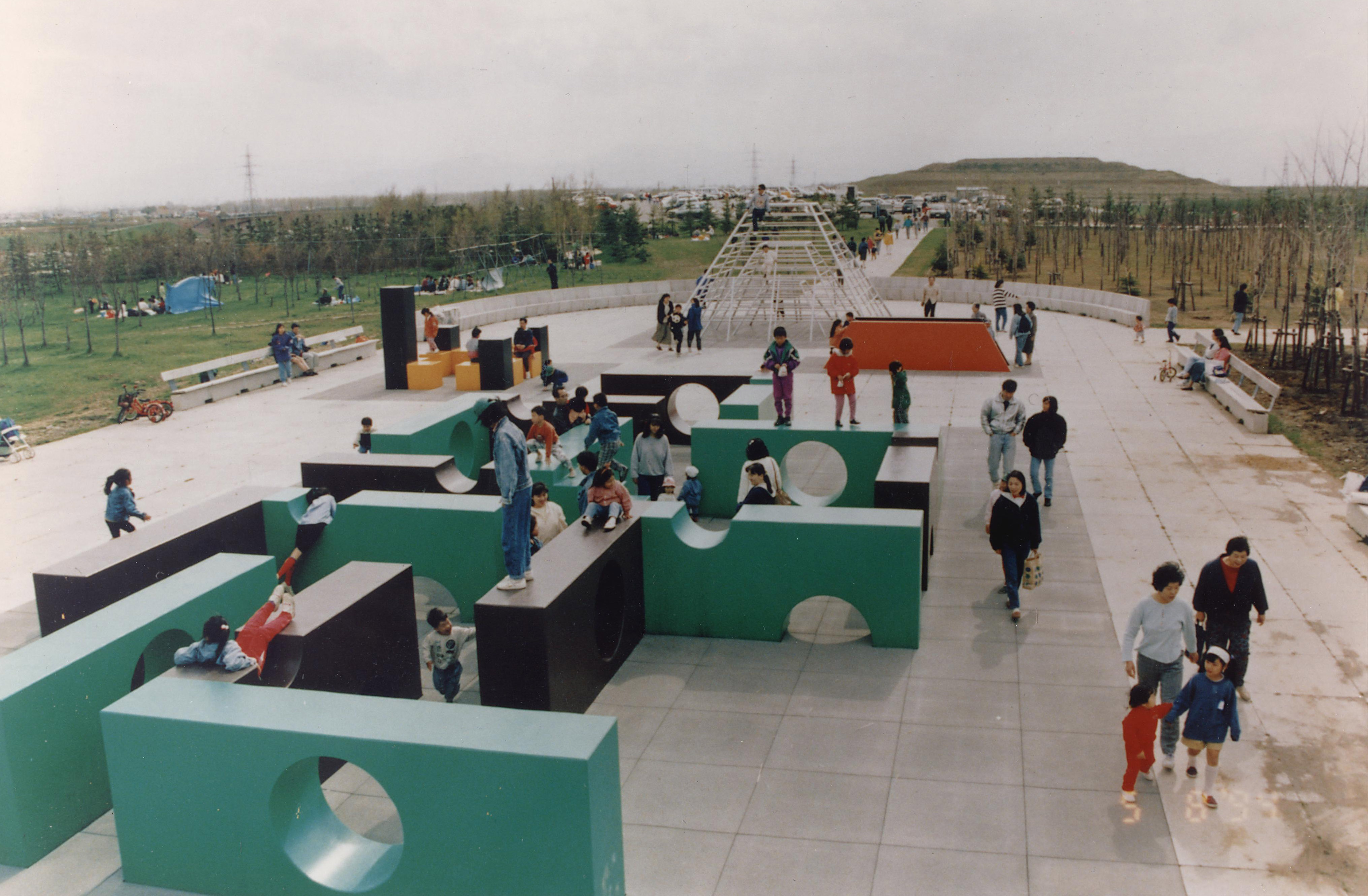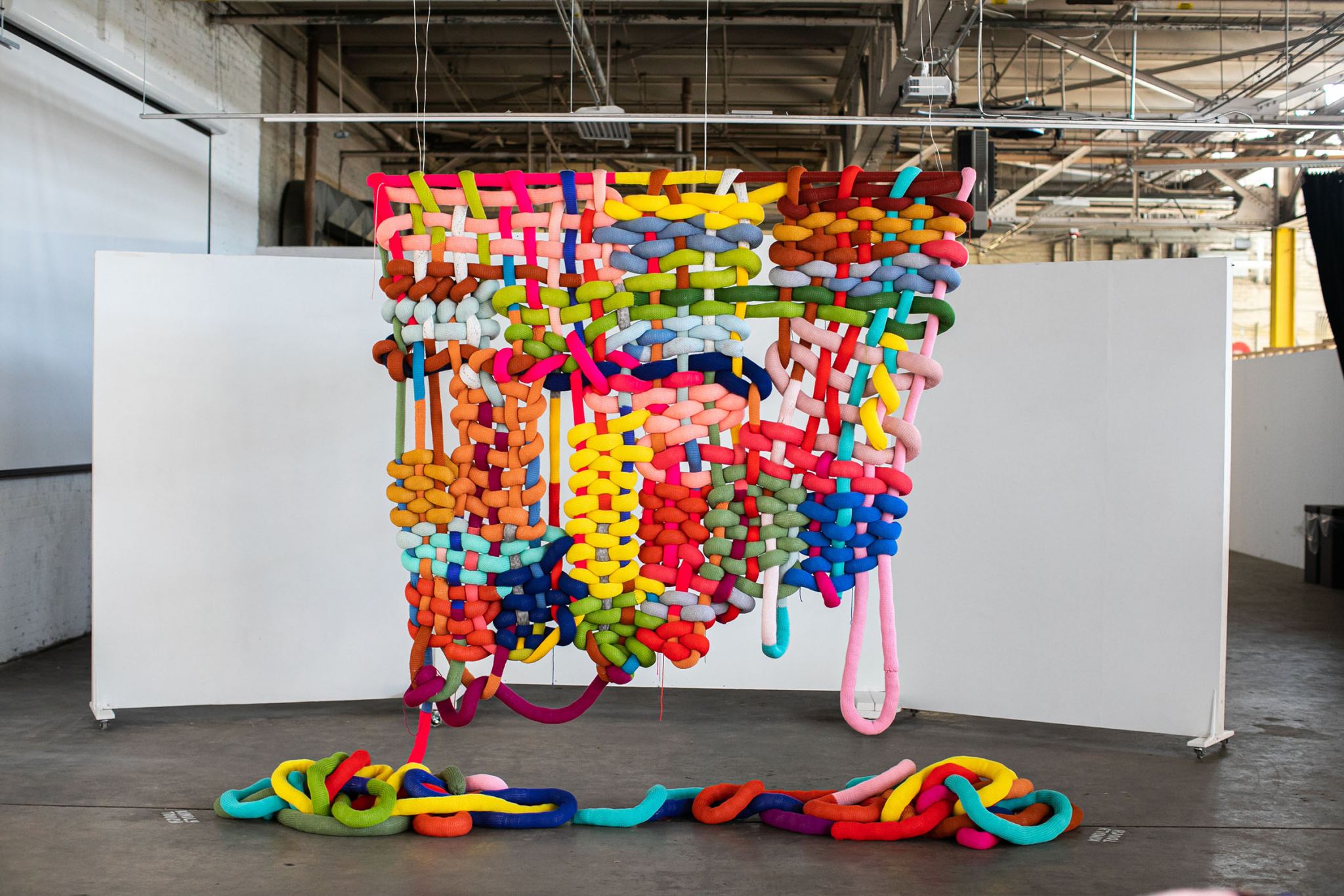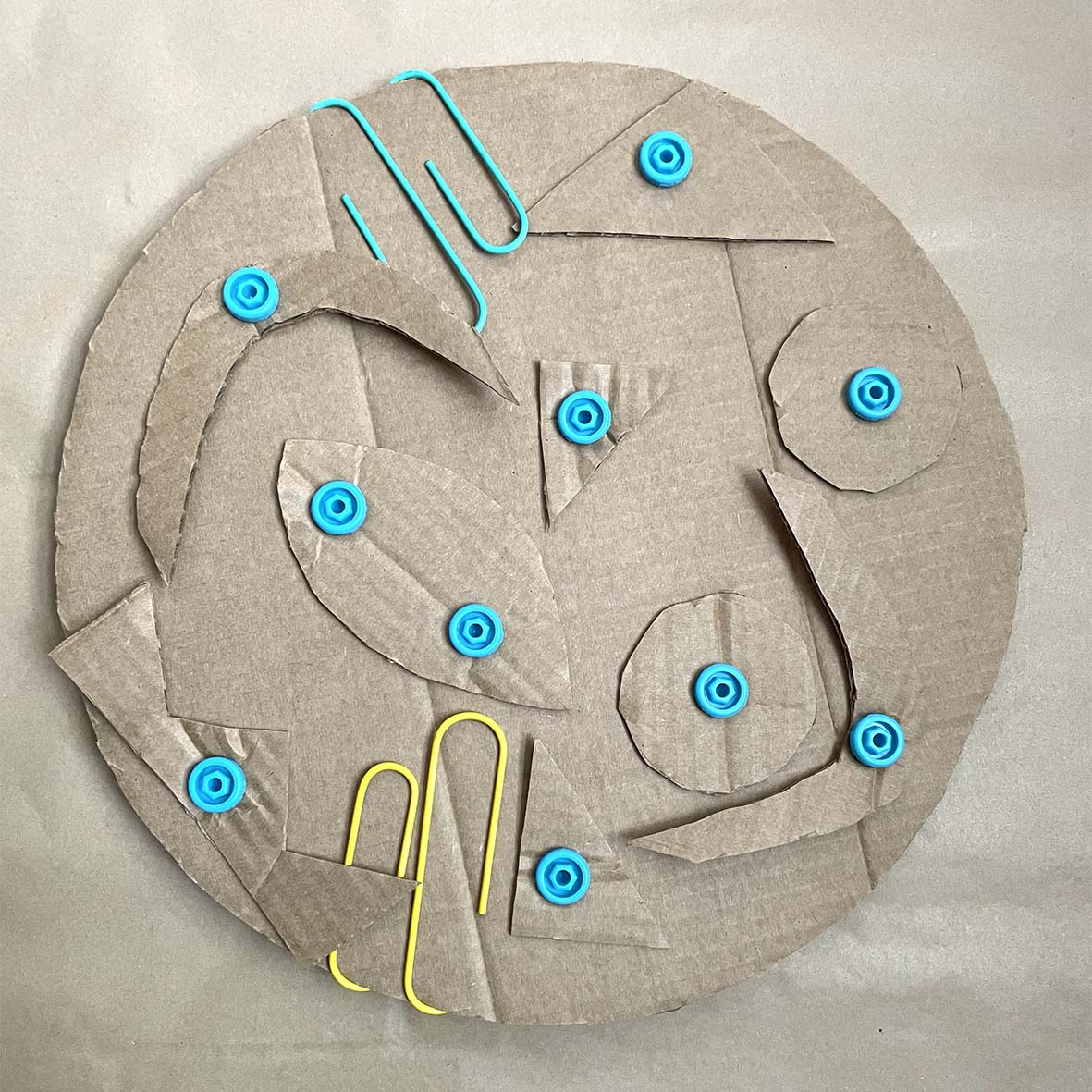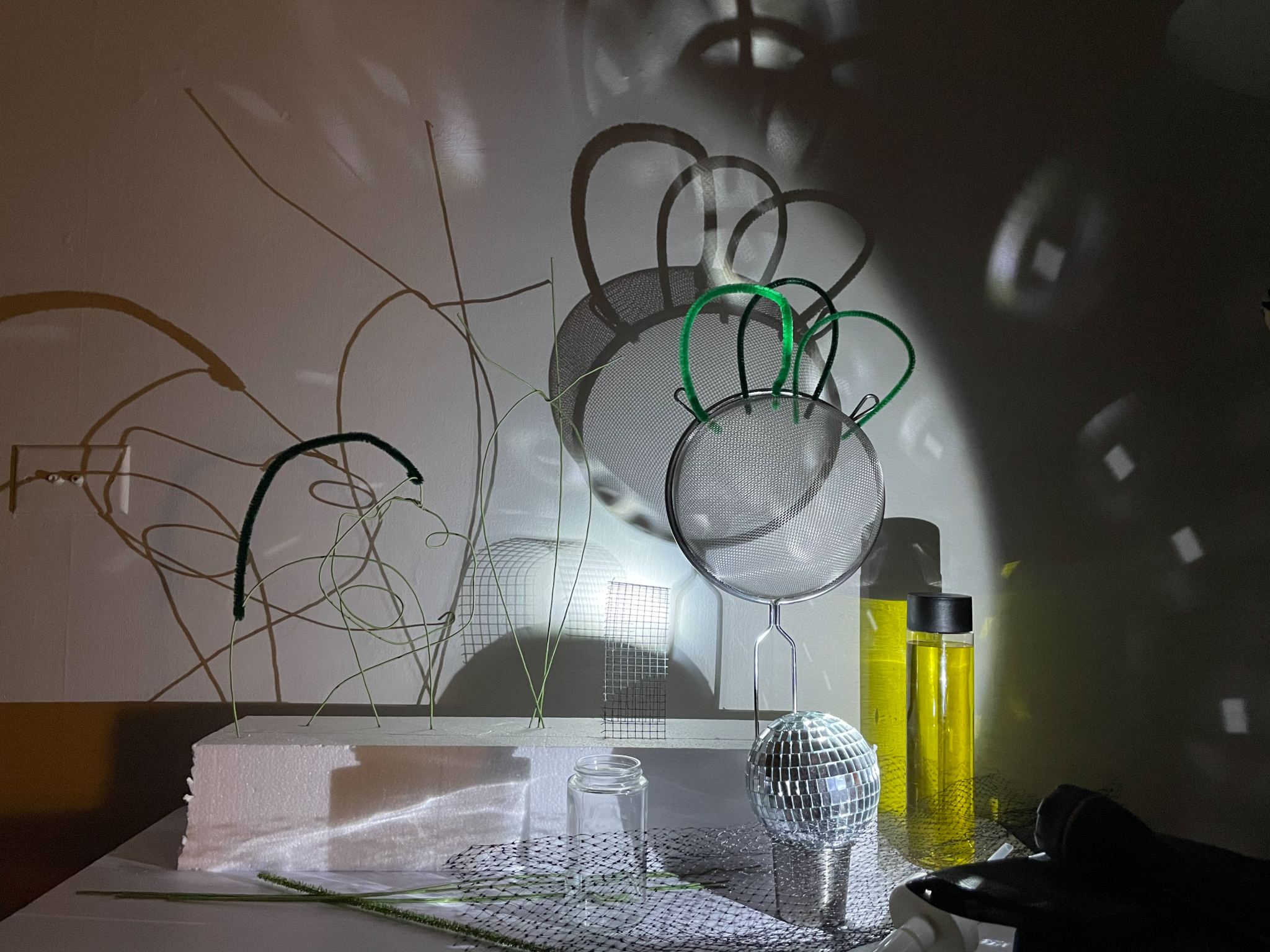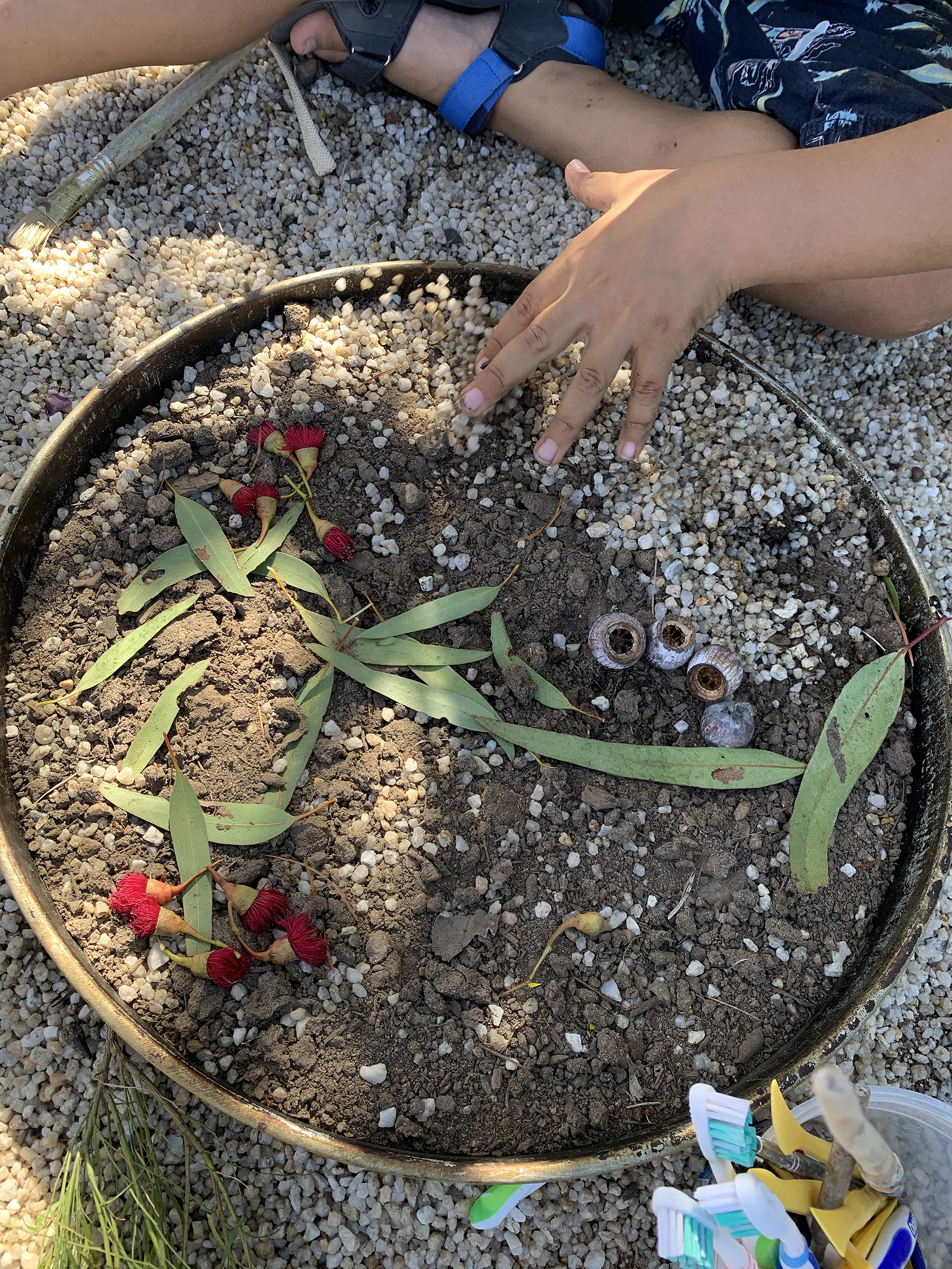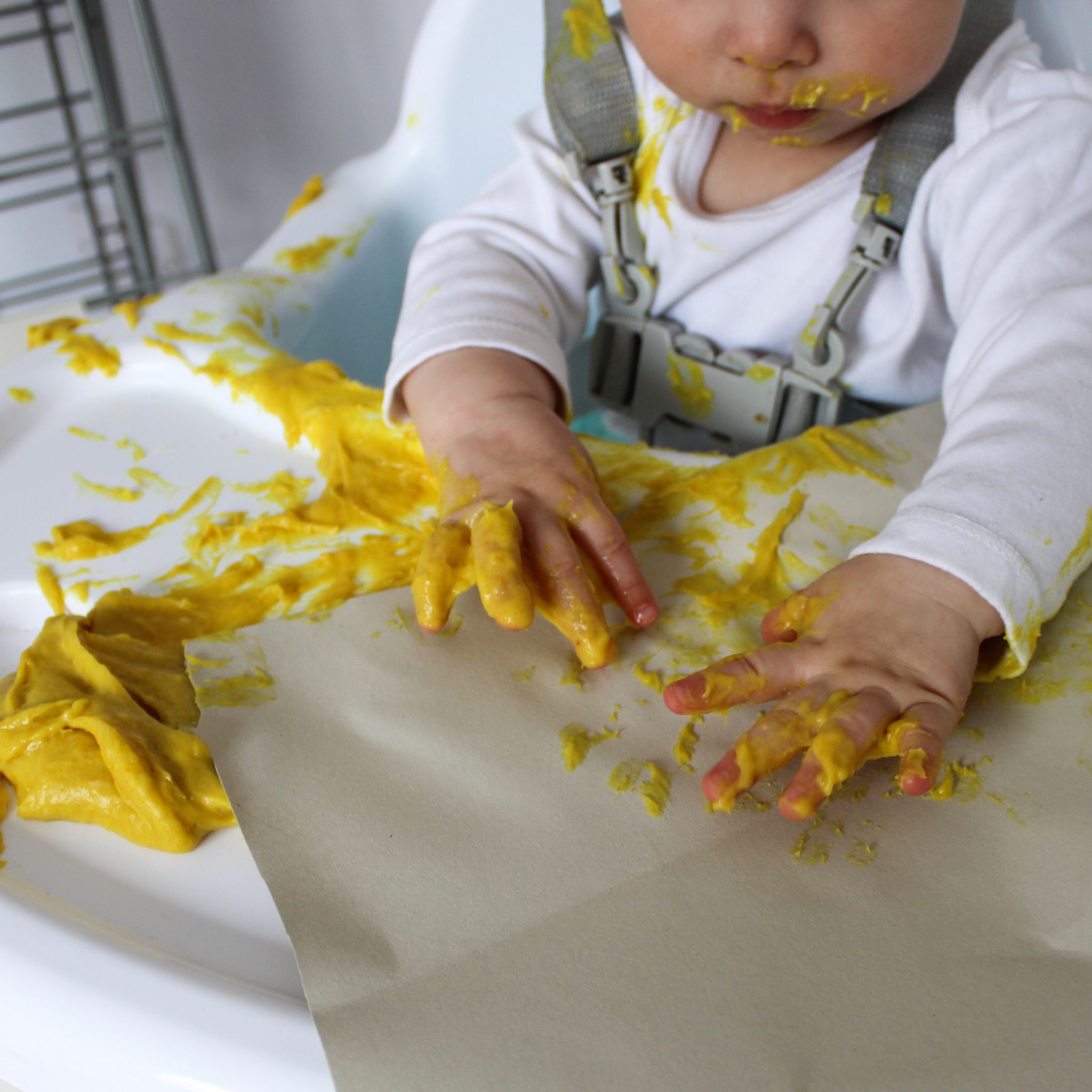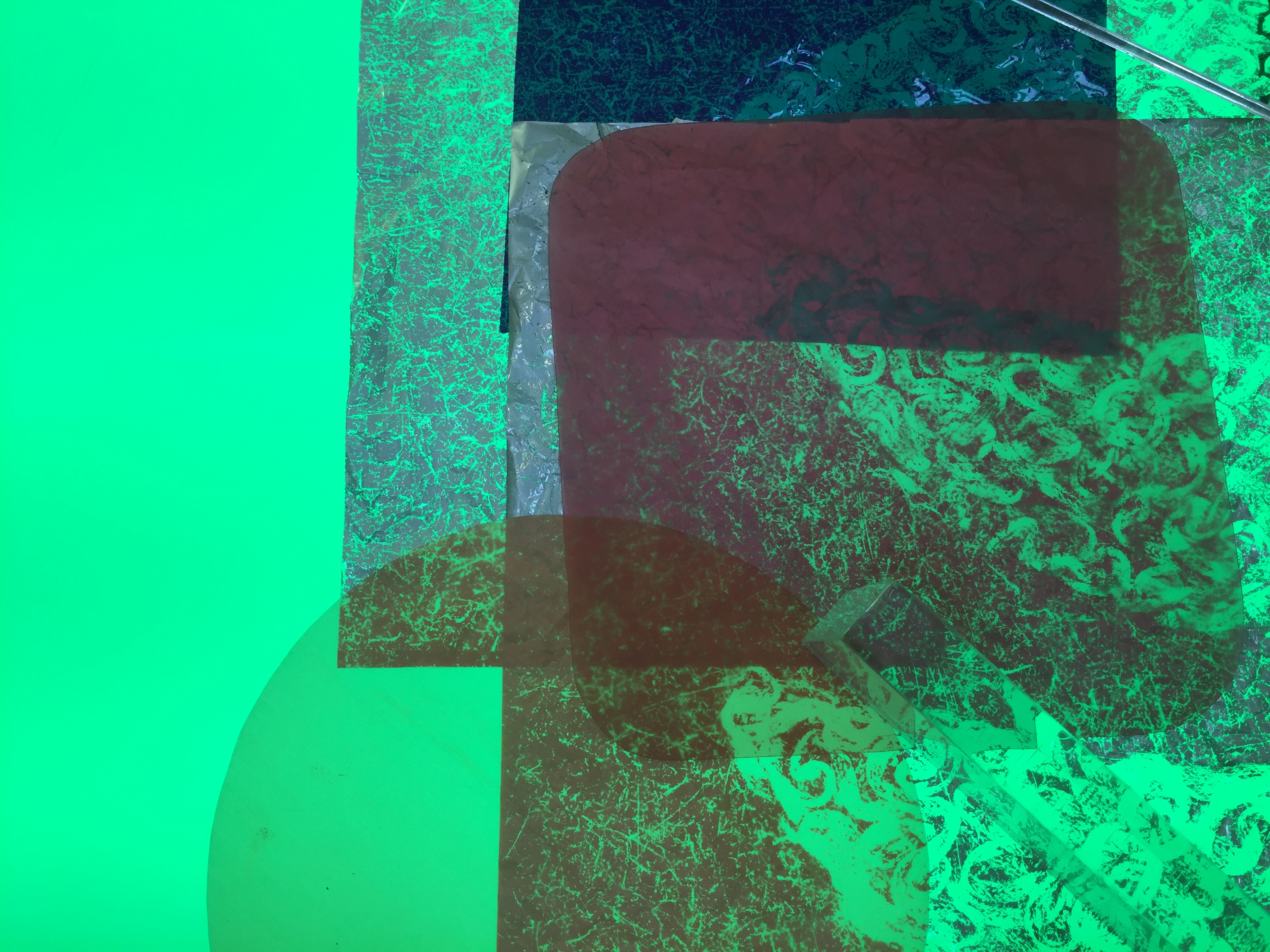“A painting to me is primarily a verb, not a noun, an event first and only secondarily an image.” Elaine de Kooning, painter What is action painting? This activity shares how you can make your own action painting at home using paints, crayons, paper, and water. Action painting is when an artwork is by splashing, dripping, pouring, and squirting paint to a surface rather than carefully applying it with a brush (Tate, 2021). This process is associated with the Abstract Expressionism movement made famous by American artists such as Willem de Kooning, Franz Kline, and Jackson Pollock. About this activity Written by Jessica Lam (Pedagogical Coordinator at the Forest of Stars preschool, Malaysia), this post shares how parents can do this process-led art activity at home with children aged 1 year and up. Jessica describes the process of action painting as similar to ‘dancing’ with the paint: “As the lightness…
Froebel’s Gifts and Isamu Noguchi’s Playgrounds
The folks at 99% Invisible have created some fab new podcasts and articles on the relationship between children, play and the material world. And because I am a massive nerd, I have created summaries of them to share with you! I highly recommend listening to the podcasts (links are included below) as they are entertaining, well-researched and only around 25-minutes long. Isamu Noguchi (design) and Shoji Sadao (architect). Moerenuma Park, Sapporo Japan. 1988-2004. ©The Isamu Noguchi Foundation and Garden Museum, New York / ARS Play Mountain: A podcast on the work of playground designer Isamu Noguchi Isamu Noguchi (1904-1988) was a Japanese-American sculptor, designer and landscape architect. After working for numerous years as a sculptor in New York, he came up with the idea to construct a ‘playground’ that had no rules or obvious way to play in it. Instead of having swings and slides, Noguchi wanted to the playground to…
The art of weaving: An interview with Katrina Sánchez Standfield
Fiber artist Katrina Sánchez Standfield’s giant textile sculptures take weaving to a whole new level.
Make a cardboard assemblage
What is an assemblage? Assemblages are artworks made by gathering and constructing different materials and objects which are often scavenged by the artist from unusual places. This technique has been used by artists including Louise Nevelson, Robert Rauschenberg, Sarah Lucas, and Rosalie Gascoigne (pictured below). Assemblages are a great way for children to learn about composition, shape, 3D form, and texture. Young children can also develop their fine motor skills through handling tools such as plastic screws, paper clips, split pins, and scissors. In this post, I share how you can make an assemblage out of recycled cardboard at home! Rosalie Gascoigne, Lambing, 1991torn linoleum on plywood. 120 x 191 cm What you need to create your cardboard assemblage A large recycled cardboard box. If possible, source a few different types of cardboard such as correlated, paperboard, and food packaging.Split pinsMakeDo Cardboard Construction Kit. Purchase HERE.Paper clips. I brought jumbo…
Make a Shadow Sculpture
Shadow sculptures explore the creative potential of everyday household objects. I love this activity because it is so simple yet also encourages children to learn about light, transparency, opacity, and dimension through hands-on play. What you need A light source: This could be a flashlight, a lamp, cell phone light, or the sunA base: Styrofoam is perfect Mesh materials: Like colanders, graters, vegetable bags, and fly swatsWire objects: Like soft stem wire and chenille sticks.Transparent objects: Like shadow transparencies (download below) and bubble wrapFigurines: Toy animals, cars, figures are great for encouraging storytelling through shadow play. Any unusually shaped object that will make a funky shadow like an indoor plant or kitchen utensils. Setting up the play space Place the styrofoam base in front of a flat wall. Set up the light source so it is shining onto the area. Layout a small handful of materials (for example, the soft…
Make a soil tray
Pic: Louisa Penfold With lockdown restrictions being eased, the outdoors (except for playgrounds) is being flagged as one of the most ‘socially-distance friendly’ play spaces for children. Creativity and nature go hand-in-hand. This post shares how you can experiment with ‘soil trays’ as a land art activity with kids! Soil trays are a wonderfully open-ended art activity you can do with young children. The soil itself acts as a ‘blank canvas’ that children arrange natural materials onto. This activity can be done in any natural space including a backyard, a city park, bushland or even at the beach. Nature in art and early childhood education Many artists such as Andy Goldsworthy and Georgia O’Keefe have spent their entire careers exploring nature as a creative material. American architect Frank Lloyd Wright also once famously said: “Nature is my manifestation of God. I go to nature every day for inspiration.” Goldsworthy’s art is talked about…
Make edible paint for babies and toddlers
Image credit: Keisha Baker (follow on Instagram here) Little kids love tasting things. While this can be gross, and at times even dangerous, it is also a very important part of their learning and development. This post shares an edible paint recipe for babies and toddlers – it is perfect for any parent who has a child under the age of 3! The recipe uses flour as its base. I like it because it has a thick and gluggy consistency that babies love to squish in their hands. Age range: 6 months + Preparation time: 10 minutes What you need 1/2c flour1 tbs salt3/4c cold water3/4c hot waterFood coloring (5-6 drops)SaucepanWhiskWooden spoonSmall plastic containers Preparing the Edible Paint Place the flour and salt in a saucepan. Pour the cold water in the saucepan and whisk until smooth. Add in the hot water and whisk. Heat on the stove until it…
3 tips for scaffolding children’s play with materials
Children’s play with materials is important as it allows them to think and learn in different ways. As a child’s creativity is always limited by what they do and do not know, scaffolding can open up new opportunities for more complex learning over time. Scaffolding is a term that was first coined by Vygotsky (1978) who described the process as something that allows children to move their current level of understandings to a more advanced one. This process helps children to undertake activities that they usually would not be able to without the help of others. Teachers and parents often do a lot of scaffolding in children’s lives. They teach children how to brush their teeth, share with others and read. Children’s peers, technology and information resource like a YouTube video can also scaffold children’s learning in different ways. Scaffolding is important in children’s play with materials as it allows…



